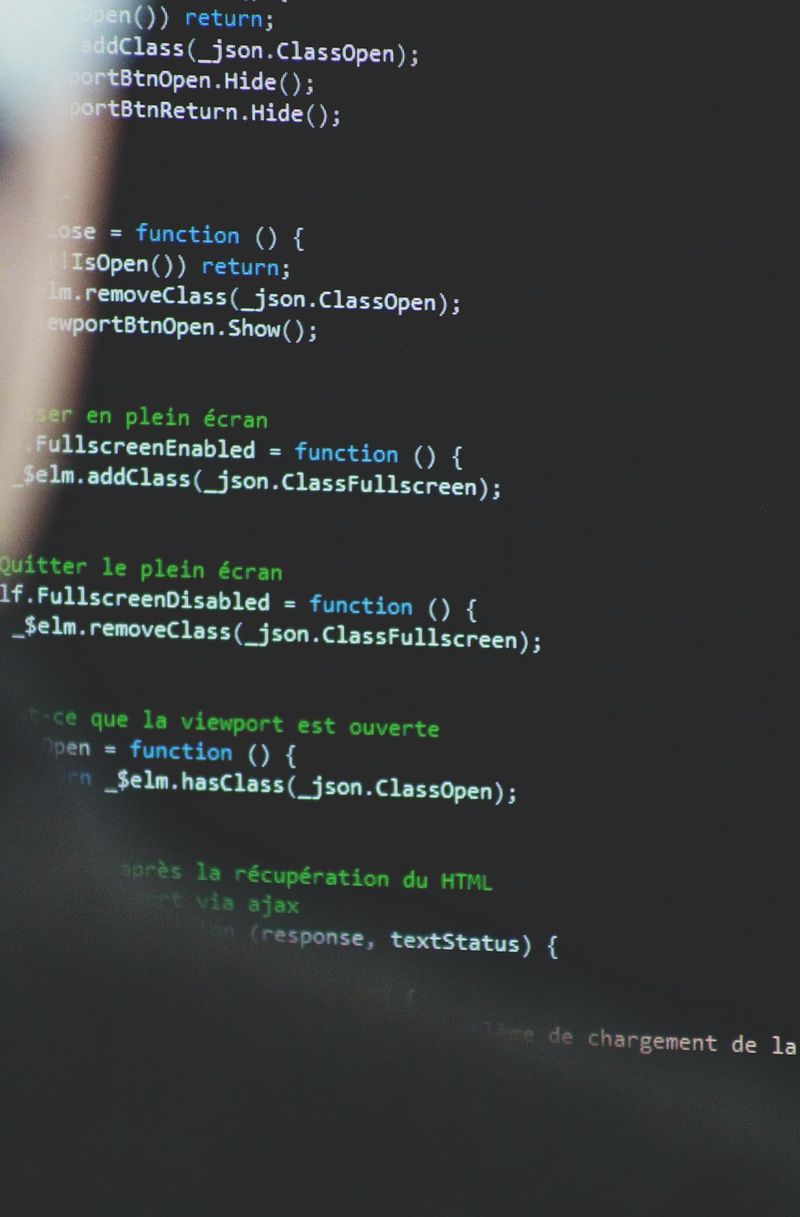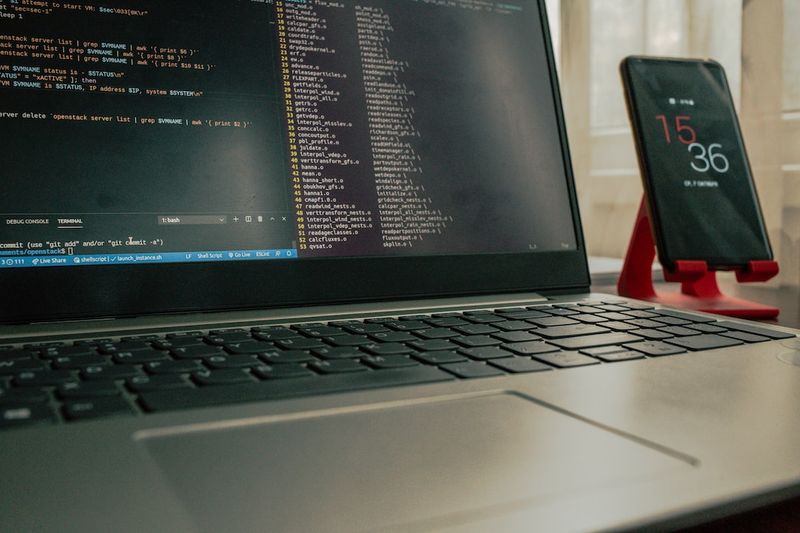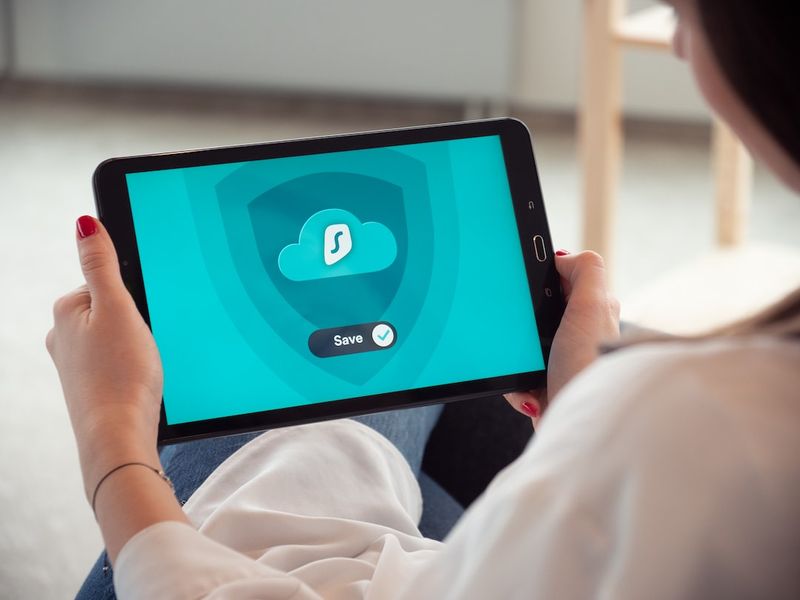The growing threat of Rhysida ransomware to healthcare organizations
Healthcare organizations in the United States are facing an alarming rise in ransomware attacks, with the Rhysida ransomware group emerging as a significant threat. The group, which gained prominence earlier this year, has recently claimed responsibility for an attack on Singing River Health System in Mississippi, following a similar attack on Prospect Medical Holdings in California. The wide scope of these incidents has prompted an alert from the Health Sector Cybersecurity Coordination Center to other organizations in the industry.
The impact of the attack on Singing River Health System
The attack on Singing River Health System affected three hospitals and multiple clinics, underscoring the extent to which Rhysida has become a growing threat to healthcare organizations in the US. The group has indicated its intention to sell the stolen data from Singing River for a ransom of 30 Bitcoin (approximately $780,000 at current rates). This attack serves as a stark reminder of the surging interest among ransomware actors in targeting hospitals and other healthcare entities, despite earlier promises to refrain from such attacks.
The modus operandi of Rhysida ransomware
Rhysida ransomware is a 64-bit Portable Executable Windows encryption app that is still in the early stages of development, according to the Health Sector’s Cybersecurity Coordination Center. The group distributes the malware through phishing emails and by using post-exploit attack tools such as Cobalt Strike to deploy it on previously compromised systems. Notably, Rhysida has employed various tactics for lateral movement within compromised networks, including Remote Desktop Protocol, Remote PowerShell sessions, and the PSExec remote admin tool.
The lure of the healthcare sector for threat actors
The Rhysida operation’s expansion into the healthcare space reflects the sector’s tremendous value for threat actors with criminal intent. Healthcare organizations possess a wealth of personal identity and health information, which can be monetized in numerous ways. Threat actors understand that health entities are more likely to negotiate and pay a ransom to protect their ability to deliver patient care and avoid disruptions. Furthermore, the stolen data often finds its way to Dark Web markets and forums.
The repercussions of healthcare cyberattacks
The impact of cyberattacks on healthcare providers is twofold. First, it affects the hospital’s ability to provide essential services to patients. The attack on Singing River Health System, for instance, necessitated the shutdown of internal systems and the implementation of emergency contingency plans for patient care. Second, cyberattacks compromise sensitive patient data, which can be sold to the highest bidder if the organization refuses to pay the ransom. In the first half of 2023 alone, healthcare organizations reported more than 440 incidents, exposing over 41 million records.
The existential threat to smaller healthcare entities
The consequences of ransomware attacks can be particularly dire for smaller healthcare organizations. St. Margaret’s Health of Illinois, for example, announced its permanent closure earlier this year, partly due to a crippling ransomware attack in 2021. The financial and operational impact of such incidents can be overwhelming, pushing some entities to the brink of closure.
Addressing the cybersecurity challenges in the healthcare sector
Given the growing frequency and impact of ransomware attacks on the healthcare sector, it is crucial for organizations to prioritize cybersecurity measures to protect patient data and ensure uninterrupted care delivery.
Enhancing cybersecurity infrastructure
Healthcare organizations must strengthen their cybersecurity infrastructure by implementing robust threat detection and prevention systems. This includes deploying advanced intrusion detection systems, firewalls, and continuous monitoring tools to swiftly identify and respond to potential threats. Regular vulnerability assessments and penetration testing should also be conducted to identify and rectify weaknesses in the system.
Employee training and awareness
Human error is often exploited by threat actors to gain unauthorized access to healthcare systems. Organizations should invest in comprehensive training programs to educate employees about the latest phishing techniques and other social engineering tactics commonly used in cyberattacks. By raising awareness and promoting a culture of cybersecurity, organizations can mitigate the risks posed by employee vulnerabilities.
Backup and disaster recovery plans
Regular data backups and robust disaster recovery plans are essential to minimize the impact of ransomware attacks. Healthcare organizations should implement a robust backup strategy that includes frequent data backups stored offline or in secure cloud environments. Furthermore, organizations should conduct regular drills and simulations to test their disaster recovery plans to ensure they can swiftly restore operations in the event of an attack.
Collaboration and information sharing
Collaboration and information sharing among healthcare organizations, industry associations, and government agencies are vital to enhance the sector’s overall cybersecurity posture. By sharing insights, best practices, and threat intelligence, organizations can stay updated on emerging threats and implement proactive measures to protect against them. Additionally, partnerships with cybersecurity vendors, research organizations, and law enforcement agencies can further bolster the sector’s defenses.
Conclusion
The increasing frequency and severity of ransomware attacks on healthcare organizations require urgent action to safeguard sensitive patient data and ensure uninterrupted care delivery. By adopting robust cybersecurity measures, prioritizing employee training and awareness, and fostering collaboration and information sharing, healthcare organizations can bolster their defenses against evolving threats. The healthcare sector must remain vigilant and proactive in addressing the cybersecurity challenges it faces to protect the privacy and well-being of patients.

<< photo by Sigmund >>
The image is for illustrative purposes only and does not depict the actual situation.
You might want to read !
- China’s Stance on iPhones in Government Agencies: A Step Towards Openness and Potential Challenges Ahead
- Unveiling the Webinar: Safeguarding your Identity Fabric from Rips and Threats
- Guarding the Fabric of Identity: Unveiling the Power of ITDR in a Webinar
- Exploring the Rise of Rust-Written 3AM Ransomware
- The Growing Threat of Ransomware Attacks: Rackspace and the Cost of Cleanup
- The Era of Unrelenting Ransomware Attacks: Analyzing the Escalation
- IBM’s New Data Security Broker Enhances Multicloud Encryption
- The Data Dilemma: Understanding Rwanda’s New Privacy Landscape
- Exploring the Impact of Apple’s Zero-Day Vulnerabilities on Blastpass Exploit Chain
- The Rise of Underground Jailbreaking Forums: A Deep Dive into Dark Web Communities
- The Hidden Menace: Python Malware Wreaks Havoc on Millions of Facebook Business Accounts
- Securing the Future: Taking on the Challenge of Open Source Software
- An Exploration of Healthcare Innovation: Balancing Safety and Security
- How Cybersecurity Lapses are Shaking Up the Healthcare Industry
- The Urgency of Protecting Healthcare Systems from Ransomware Attacks




